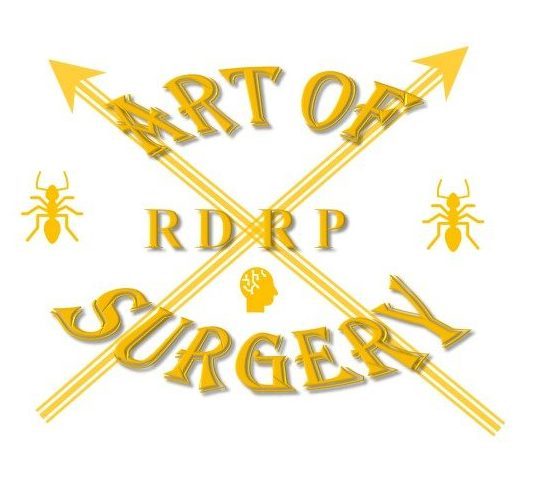Sleeve Gastrectomy Technique - Own notes
Sleeve gastrectomy – JH 09/06/21
Patient position as per bypass
Check the diamond flex clamp is in place
Insuflate with Verris needle at Palmers point
Ports as per bypass, except for..
– Left hand instrument port which should be lower to allow angulation with stapler
– Right hand instrument port is a 15mm to allow extraction of the specimen
Start with 34Fr (standard size at Southmead) orogastric bougie in place within stomach
Start greater curve dissection approx. 6cm from pylorus (3 x width of open blades of Yohans) and enter the lesser sac.
“You’re not close enough to the stomach unless you’re burning it” – to avoid damaging gastro-epiploics
Continue along greater curve to the splenic attachments.
– To avoid bleeding, can place ligaclip on lateral side and harmonic the stomach side.
– If it becomes tricky, start again lower down and get assistant to lift up the fundus to divide posterior attachments. This often allows more progress.
– Remember that near the spleen the omental attachments split into two.
You have to reach the left crus and then divide that peritoneal layer at the angle of His to allow sufficient mobilisation of the stomach to the medial aspect of the left crus.
Check that there are no posterior attachments that need dividing before starting to staple.
Pass the bougie to the pylorus before starting to staple.
BEFORE EACH FIRE OF THE STAPLER, BOUGIE WIGGLE.
First 2 firings are with GOLD stapler cartridges from the left hand instrument port.
Angle the blades from the second firing onwards, and pull the posterior gastric wall and the greater curve laterally to bring the stapler close to the bougie (but not tight against it)
The rest of the firings are with BLUE cartridges. Near the top, flip the light lead of the camera to 6 o’clock to pull the posterior gastric wall laterally. The very top firing should be flush with the left crus so that no pouch of fundus remains.
“The sleeve should almost be a CONE SHAPE”..narrow at the top and wider distally.
Five firings in total is the correct number, otherwise the firings are veering too laterally from the lesser curve.
Leak test by placing empty stapler blades across distal stomach and injecting methylene blue rapidly. We’re looking to see if the tube is twisting as much as for a leak.
Check the staple line and apply ligaclips to any oozing.
Get assistant to go to patient’s left and move camera into the left instrument port.
Extract the stomach through the 15mm port and close the defect with an endoclose. (?0-PDS)
Have one last look at the stomach, splenic area, distal most extent of division (tends to bleed) and then remove liver retractor under vision.
Close skin.
Sleeve gastrectomy – J Hop 12/10/20
Patient positioning: lying with legs apart, strapped and bootlegged
Incisions: All 10mm except for the liver retractor (in RUQ)…6 incisions in total
Insufflation: Verress needle in palmers point: look at the flow rate and volume to check if in right position (should insufflate a volume total of 2L)
Technical steps:
Start by identifying the pylorus. The extent of the distal resection of omentum will be 6-8 cm proximal to this.
Begin the division of the omentum at a suitable place on the greater curve, stay close to the stomach wall, enter the lesser sac and then (with ligasure) divide omentum in distal direction until you reach 6-8cm from the pylorus.
Then work in proximal direction towards the hiatus. As you get to the left crus. YOU HAVE TO SHOW THE LEFT CRUS. (Move the stomach medially to dissect the fundus free)
Start the staple line division with a GREEN stapler (heading transversely)
Then continue thte staples with GOLD (used 3 on this occasion)
Then as you get to the fundus, use BLUE (vascular, used 2 on this occasion)
Check the staple line for bleeding, use clips to get haemostasis
Remove the stomach through the LIF incision
